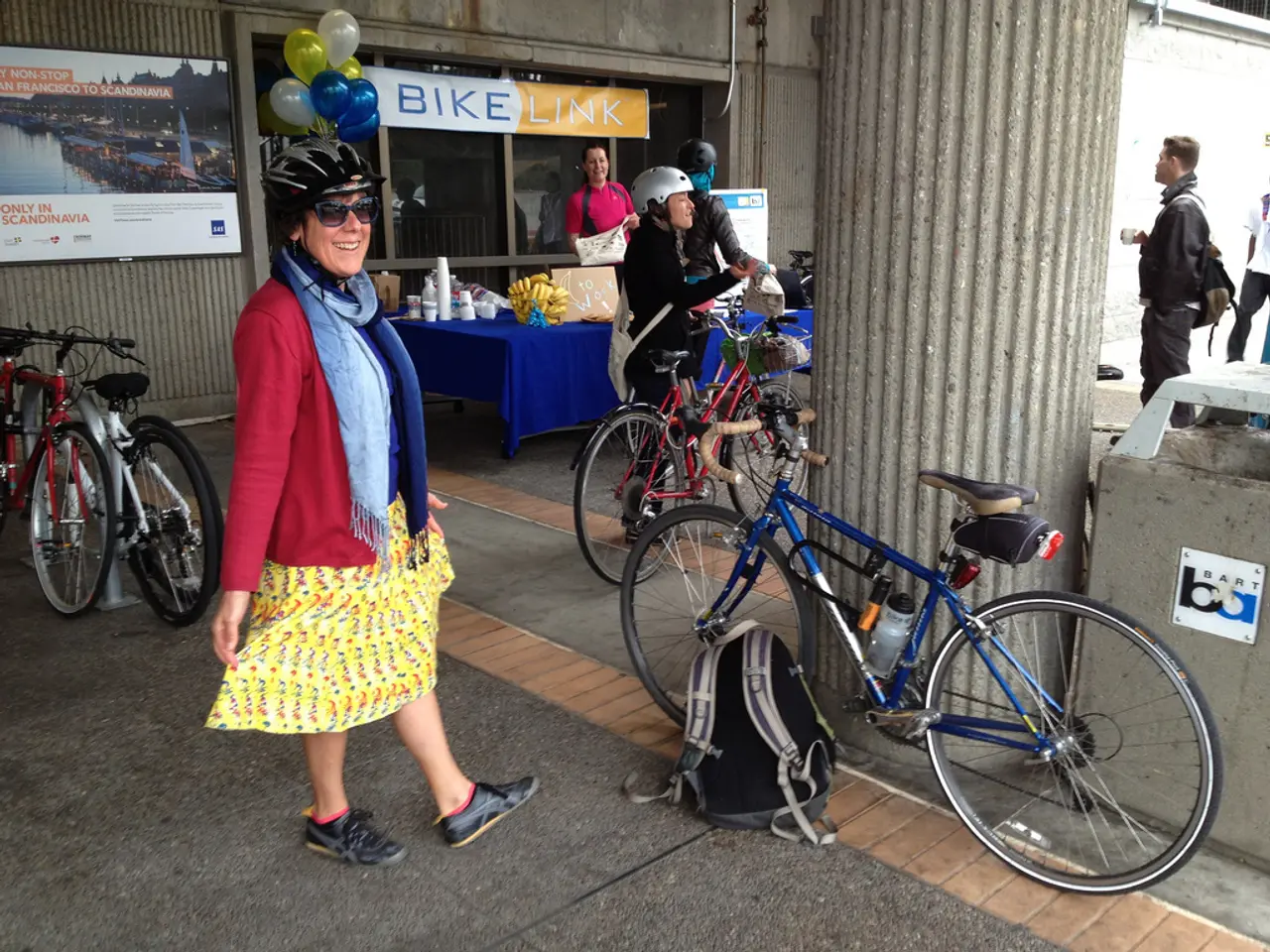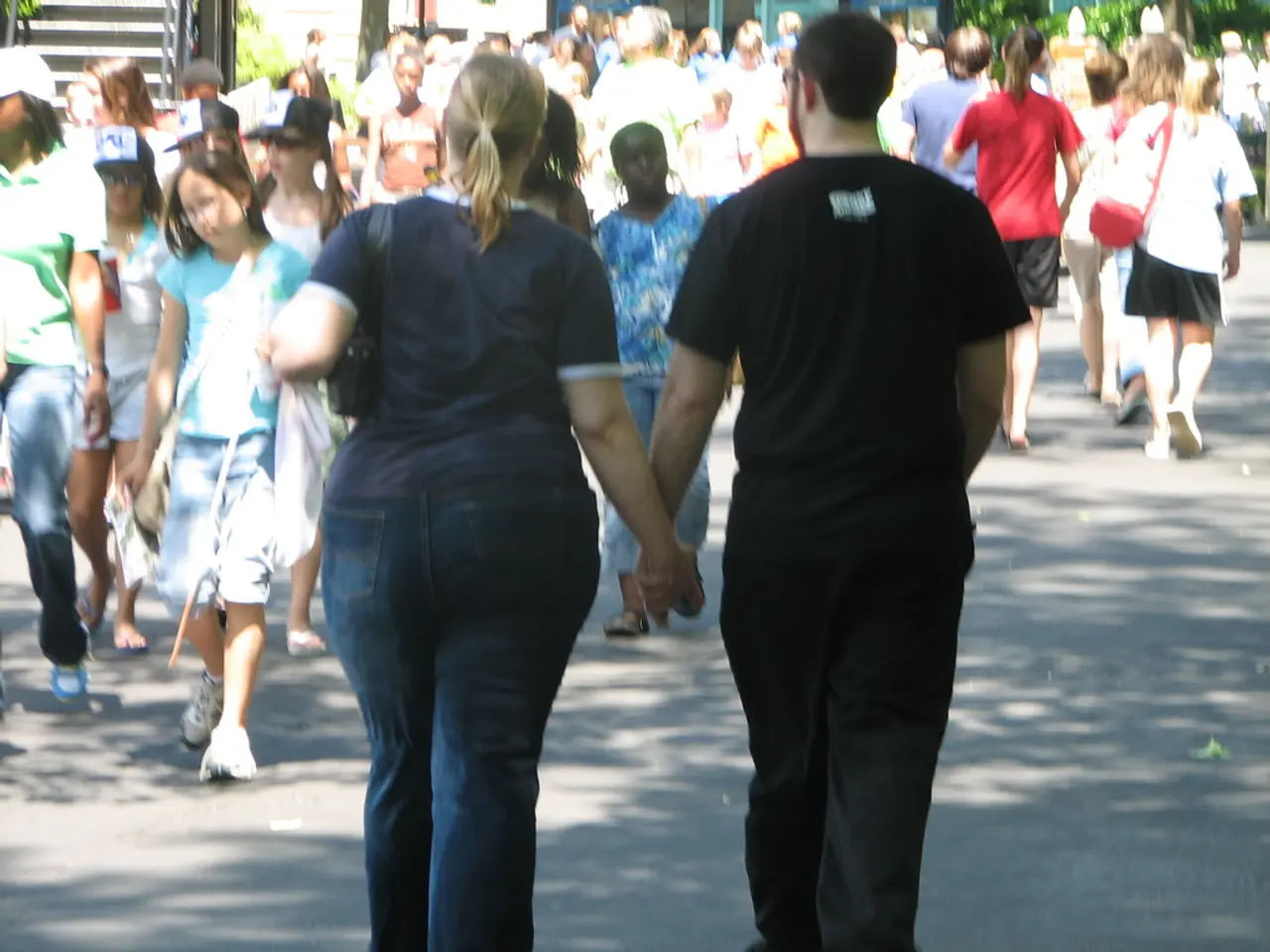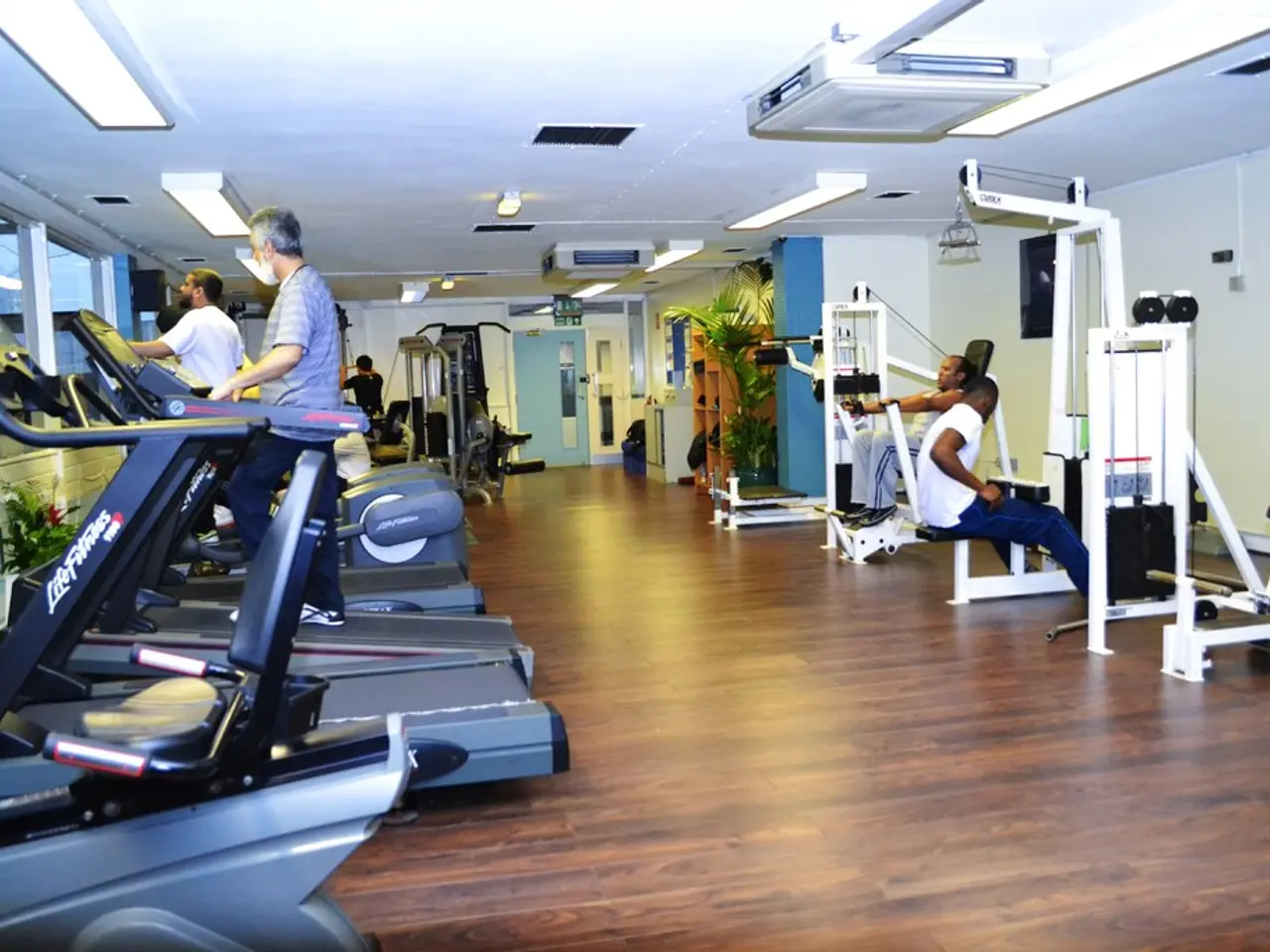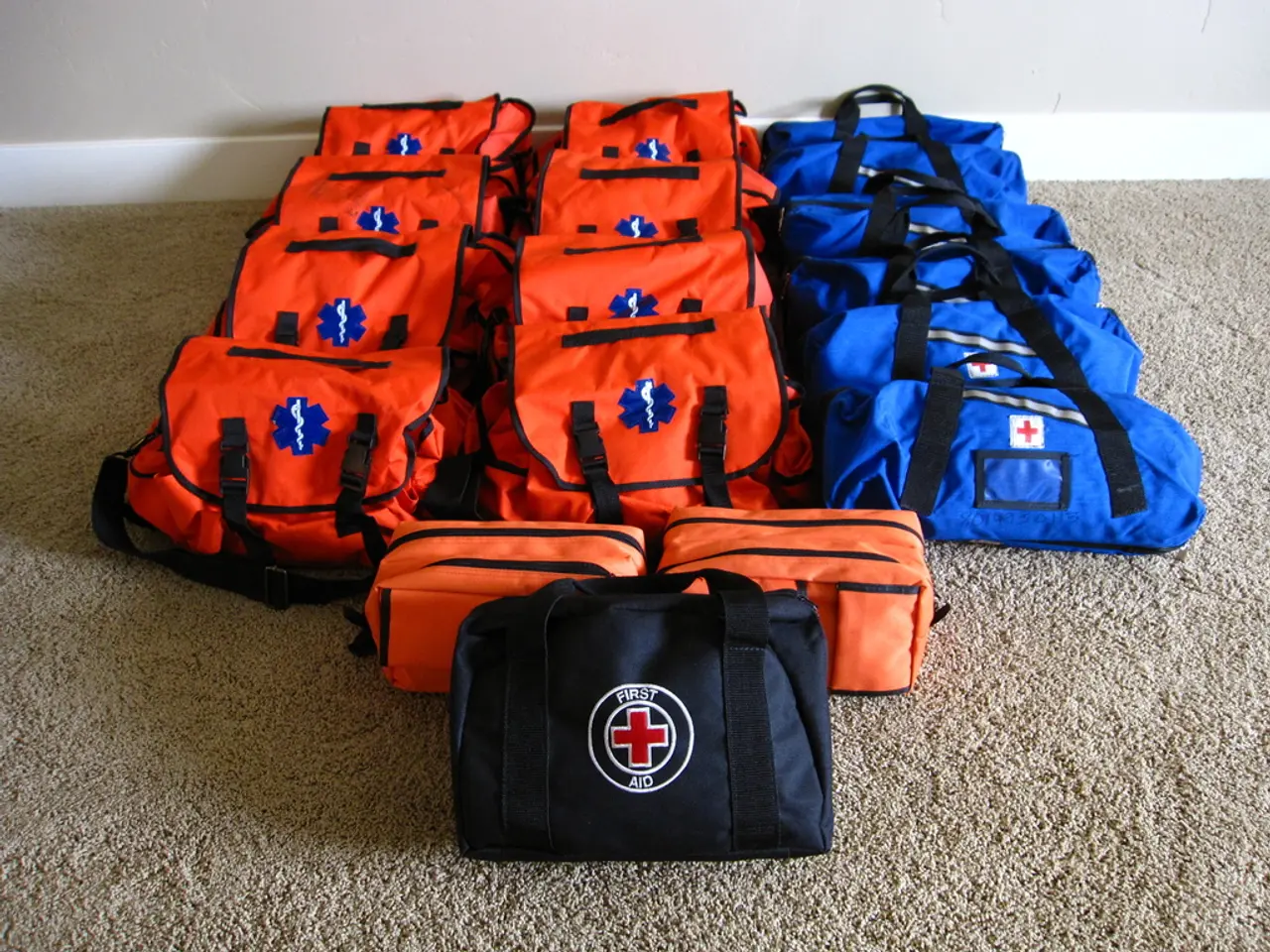"Opinions arise suggesting that aging individuals may forfeit their nationality"
In a recent discourse, Professor Carla Ribeirinho, a renowned expert on elderly structures, has criticised the normalisation of confining the elderly in homes and hospitals. She attributes the root cause of this issue to a stereotypical view of old age.
Professor Ribeirinho argues that the stereotype that older adults are inevitably frail and must be institutionalised for safety significantly influences policies that keep the elderly confined, often out of fear of falls. However, she emphasises that scientific evidence stresses individual variability and the potential for prevention and rehabilitation.
The scientific evidence on justifying keeping elderly people in homes or hospitals primarily due to fall risks is nuanced and evolving. While older adults do face an increased risk of falls associated with factors such as muscle weakness (sarcopenia), multimorbidity, and environmental hazards, current research emphasises the importance of prevention, rehabilitation, and enabling autonomy rather than institutionalisation solely based on fall risk.
Key points from recent studies highlight the critical role of muscle strength and prevention in reducing fall risk. Strong evidence shows that muscle strength and exercise can significantly reduce fall risk in older adults, even in those with multiple chronic conditions. Strength training interventions can decrease falls by about 15% or more, indicating that physical capability enhancement is a key preventive strategy. Early detection and prevention of sarcopenia are important and can help avoid institutionalisation by maintaining autonomy at home.
Coordinated programs targeting muscle strength, lifestyle, and social factors can enable older adults to remain in community settings instead of moving to institutional care due to fall risks. Institutionalisation itself is linked to various personal and contextual risk factors but is not necessarily the best approach to fall risk management.
Environmental and social factors play a significant role, especially in rural areas, where unique environmental risks increase fall risk. However, these challenges argue for community-based prevention rather than automatic institutionalisation.
Studies also highlight the importance of incorporating older adults’ perspectives on falls and prevention strategies. The stereotypical approach that associates old age with frailty and inevitable falls supports institutionalisation, but this overlooks the potential for autonomy and targeted intervention.
In summary, scientific evidence supports a preventive and individualised approach where muscle strength enhancement, environmental modifications, and social support can reduce fall risk, often avoiding the need for institutionalisation. The justification for keeping the elderly in hospitals or care homes on the basis of fall risk alone is not strongly supported, and doing so may reflect outdated stereotypes about aging rather than best evidence-based care.
José Fonseca Fernandes, a photojournalist, has not been explicitly mentioned in relation to this issue. The current discourse does not provide any new information about him.
Despite the lack of supporting scientific evidence, the elderly continue to be confined to homes and hospitals, a practice that Professor Ribeirinho and other experts urge to reconsider in light of the evolving understanding of the needs and capabilities of the elderly population.
Professor Ribeirinho suggests that the ongoing institutionalization of older adults due to perceived fall risks could be influenced by stereotypes about aging, as highlighted in her recent discourse. She advocates for a focus on social science research in understanding age-related health-and-wellness, particularly in the context of fall prevention and the potential for social factors to enable ageing in community settings.
In alignment with current scientific evidence, Professor Ribeirinho proposes a shift from a reactive approach focused on institutionalization to a proactive approach centered on social, environmental, and health-and-wellness interventions to mitigate fall risks among the elderly, ultimately supporting their autonomy and social inclusion as they age.




